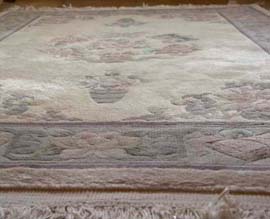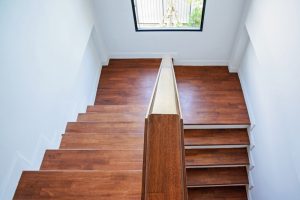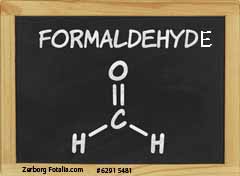
Carpets may contain toxins
Continue reading


Carpets may contain toxins
 In mid-June 2018 press and television in Germany reported a request from the Left Party regarding a redevelopment concept for public buildings in the Saarland (Germany). The state government admitted that not all of these buildings had been systematically examined for PCB contamination. “The current building stock is not under general PCB suspicion,” says the state government and adds that there is no fundamental obligation for exploration PCB. “However, if refurbishment measures are planned for day care centers, precautionary measures will be carried out in the affected areas on the joints filled with PCBs”. Jochen Flackus, the parliamentary managing director of the Left Party, calls on the state government to develop a concept for the rehabilitation of PCB-contaminated buildings. Flackus points out that until around the 1980s, around 20,000 tons of PCB had been used as sealants in schools, kindergartens and other public buildings throughout Germany.
In mid-June 2018 press and television in Germany reported a request from the Left Party regarding a redevelopment concept for public buildings in the Saarland (Germany). The state government admitted that not all of these buildings had been systematically examined for PCB contamination. “The current building stock is not under general PCB suspicion,” says the state government and adds that there is no fundamental obligation for exploration PCB. “However, if refurbishment measures are planned for day care centers, precautionary measures will be carried out in the affected areas on the joints filled with PCBs”. Jochen Flackus, the parliamentary managing director of the Left Party, calls on the state government to develop a concept for the rehabilitation of PCB-contaminated buildings. Flackus points out that until around the 1980s, around 20,000 tons of PCB had been used as sealants in schools, kindergartens and other public buildings throughout Germany.
Continue reading

Use high-quality devices to measure CO

massive wooden staircase raises suspicion

2-butanone oxime

wood perservatives indoor
 A family from the Bavarian Forest (Germany) has made unpleasant experiences with the longevity of formaldehyde. Two years ago they bought a prefabricated house built in 1975. Initially, the problem did not show up. In the summer was always well ventilated and health problems did not exist. During the winter period dawned residents that something was wrong. The clothes had a strange smell and Ms. Sennerhans plagued a lengthy cold. The analysis of indoor air finally brought certainty: the formaldehyde content in two rooms was above average. Moreover, found the analytical laboratory wood preservatives in house dust.
A family from the Bavarian Forest (Germany) has made unpleasant experiences with the longevity of formaldehyde. Two years ago they bought a prefabricated house built in 1975. Initially, the problem did not show up. In the summer was always well ventilated and health problems did not exist. During the winter period dawned residents that something was wrong. The clothes had a strange smell and Ms. Sennerhans plagued a lengthy cold. The analysis of indoor air finally brought certainty: the formaldehyde content in two rooms was above average. Moreover, found the analytical laboratory wood preservatives in house dust.
Continue reading

CO2-level in classrooms is often too high

spraying of fragrances poses trouble
The use of fragrances in cosmetics, detergents and cleaners has long been known. The conscious and manipulative spraying of fragrances in the interior, however, is more and more fashionable. The fragrance industry has evolved in recent years into a major economic factor. The global turnover is estimated at 18 billion dollars. In Germany, the German Association of the fragrance manufacturer represents the interests of its members. Approx. 3,000 different chemical fragrances are known. Thirty of them are produced in Europe in quantities greater than 1,000 tons per year. For more 750 perfumes annual production is estimated to be longer one ton. In contrast, the number of at least half a million perfume allergy sufferers in Germany, who have suffered greatly from the scenting. Acquired sensitization can not be cured medically. Continue reading

CO could arise